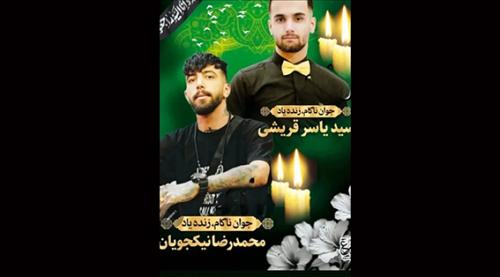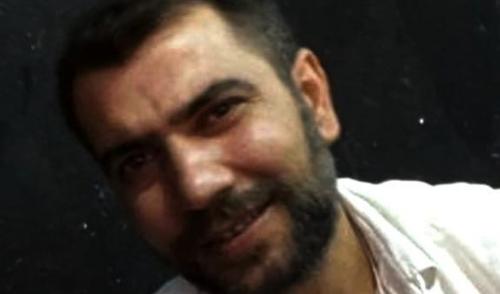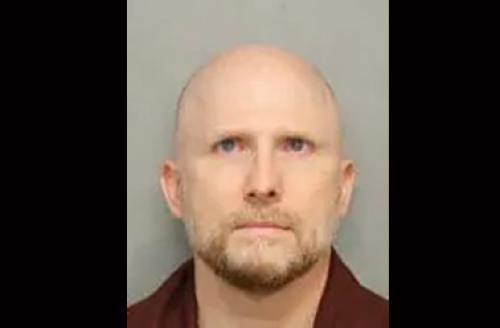30 March 2024 :
March 26, 2024 - California. As San Quentin’s death row empties, condemned inmates get a glimpse of hope
There’s an utterly new feeling at San Quentin’s death row these days, and it’s not just for the people running the place. You can feel it like electricity all up and down the grim, time-worn cell blocks housing the worst criminals in the state.
It’s hope.
For the 1st time since they were sentenced to death and locked into the 170-year-old prison to await execution, the 402 men on the infamous cell block are going to other California prisons. They’ll still be freighted with their death sentences, but they’ll be in the general population there, able to move around more and able to socialize and get a wide range of rehabilitation and educational services.
For many, it will amount to the closest thing to freedom any of them have felt in years — which means decades for many of them. It’s all part of Gov. Gavin Newsom’s 5-year-old effort to transform the prison into a gentler place of rehabilitation.
The fortress-like lockup even has a new name: San Quentin Rehabilitation Center. A small crowd of reporters on Monday got to tour the row, which will be emptied by late summer, and everyone from the guards to prisoners squeezed into their tiny 4-by-10-foot cells had an almost buoyant attitude.
Nobody feels that more than the longest-serving man on Death Row, convicted serial rapist-killer David Carpenter.
At 93 years old, Carpenter has been on the row since 1984, after being convicted of murdering at least eight people in Bay Area parks and earning the nickname the Trailside Killer.
“Moving away from here will be like being free,” he said from behind the black-grated door of his cell. “Here, whenever I leave this cell I have to put on waist chains. They walk me everywhere. It’s being caged all the time.”
His wizened face, framed by brown-rimmed glasses, lit into a smile. “I’m telling you, people are moving boom-boom out of here, someone leaving every day,” he said. “And the word comes back to us that they’re all happy as can be out of here.”
Carpenter said he wants to go to the prison system’s California Health Care Facility in Stockton because he has friends and family living nearby.
“I’m still trying to prove my innocence, but in the meantime if I can get that move it will be wonderful,” he said. “I cannot wait.”
San Quentin spokesperson Lt. Guim’Mara Berry led the media tour with a big smile.
“It’s a very different feeling here,” she said. “I feel like we’re really trying to bring a level of trust between staff and inmates here that we haven’t had in decades. We’re about giving a person purpose. It’s going to be grand — not just for us, but for them, for their mental health, for everything.
“I’ve always been taught that if you treat people with respect, it will be reciprocated. That’s what we’re trying.”
The last execution here was in January 2006, when triple-murderer Clarence Ray Allen was put to death by lethal injection. Before him, there had been 12 others executed since the practice resumed in 1992, but after Allen, there was great legal debate over whether lethal injections constituted cruel and unusual punishment.
That point became moot shortly after Newsom was elected in 2018 when he declared a moratorium on executions. Since then, the governor had the death chamber shut down. It’s now an empty room, and his plan is to turn the entire prison into a Scandinavian-style model of rehabilitation, taking precedence over mere punishment.
Some of the nation’s most notorious killers are still among the condemned — from Yosemite quadruple-killer Cary Stayner to Polly Klaas’s murderer Richard Allen Davis. At its height, there were more than 700 inmates on the row. A long, slow process of transferring prisoners out of San Quentin has already placed hundreds in other facilities, leaving the 402 who are there now.
Not only is Newsom aiming for a more humane environment at the prison, but emptying Death Row saves money. The average prisoner in San Quentin costs the state around $60,000 a year, but those on the row cost twice that.
“This change is good,” said San Quentin officer Andrei Kinshin, who for 10 years has guarded the door of the East Block of Death Row, the main building for the condemned men. (There are no women on death row in San Quentin.)
“Most of the inmates here behave like normal people, but you think about what they’ve done,” he said. “I always keep that in mind. But everyone is a person. You can’t forget that.”
Robert Galvan, 49, of Fresno admitted that he needs to do his time, but he said he wants to be a better person while doing it.
“Hey, I’m here because I killed my cellie (cellmate) in Corcoran” state prison, Galvan, whose entire upper body and face is coated with tattoos of skulls and family depictions, said in a special interviewing cage in East Block. “But I do think it would be great if we were transferred. Look, we’re not doing anything here, but if I can go to Folsom (prison) — that’s where I want — I can be near my wife and my kids.”
He looked down contemplatively. “If I could do my life differently, I would think before I act,” he said. “I’ve been locked up most of the time since I was 12, and I got here (to Death Row) in 2012. But I’m changing.
“And there’s always hope. My wife’s brother just got out of prison after 46 years, and my uncle just got out after being inside since 1981. My wife and kids keep me sane while I’m in here, and I’m trying to do good so maybe, just maybe, someday I can get out.
“I’d like to build houses. Not spend my whole life in prison.”
https://www.sfchronicle.com/bayarea/article/california-death-penalty-san-quentin-19363491.php









